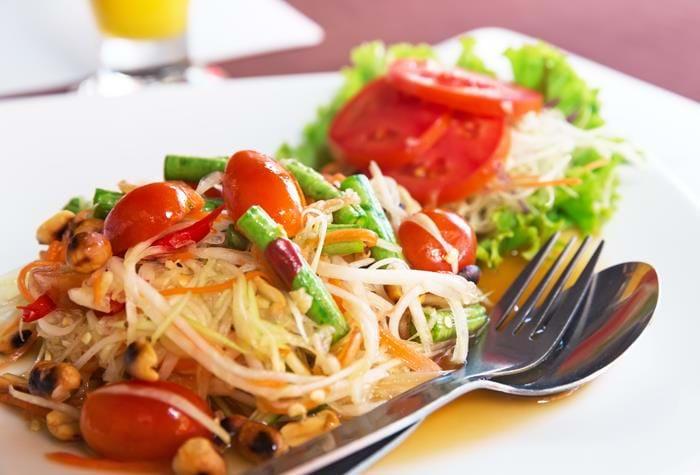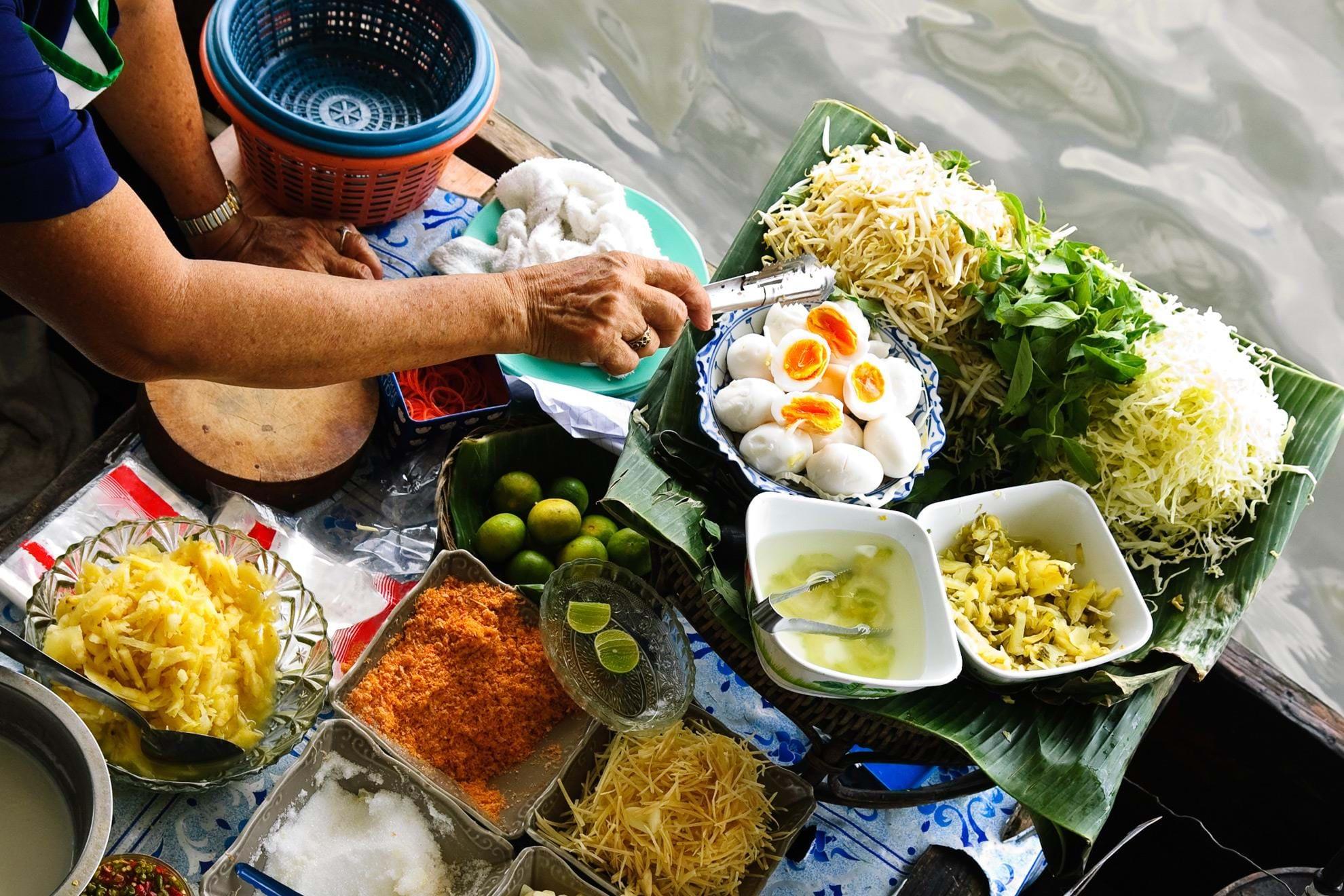Vietnam 09.12.2015 Updated: David Abram
Reflecting its position at a cultural crossroads between China, India and Melanesia, as well as centuries of trade with the Arab world and African coast, Southeast Asia has blended the recipes and produce of its immigrants and traders with indigenous produce – notably spices – to create a wealth of unique dishes.
Balance
Regardless of what it may contain, any successful Southeast Asian dish sets out to achieve an equilibrium; balancing salty, sour, sweet, hot and cool flavours. A good example is the Vietnamese favourite, pho – a light broth containing flat rice noodles. Added to this are a squeeze of lime juice, dollop of pungent fermented fish paste, a twist of basil, chilli flakes, and a pinch of cilantro. The effect of all these complimentary tastes is phenomenal.
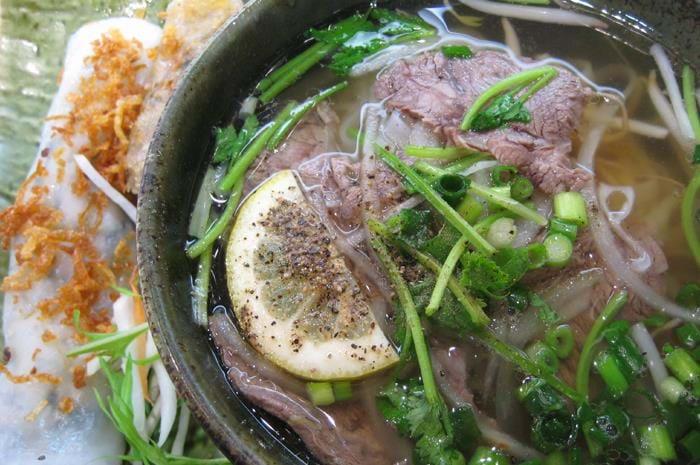
Melting Pots
Thanks to its spicy hybrid dishes, which blend Indian and Chinese influences to superb effect, Malaysia has become one of the world’s great food destinations. Its best known regional cuisine is that of the Pernakan community of Penang and Melaka, whose classic dish is bak chang, Chinese-style sticky rice dumplings made with minced pork, candied melon and roasted peanuts wrapped in banana leaf.
Complex flavours are the defining feature of Indonesian cuisine, which is as sophisticated and cosmopolitan as its arts and crafts. Nasi goreng, gado gado and beef rendang are the country’s famous exports, but the official national dish is tumpeng – a spectacular rice cone surrounded by mounds of fried chicken, sweet and spicy beef, anchovies with peanuts, grilled prawns, corn or potato fritters and fragrant vegetable preparations.
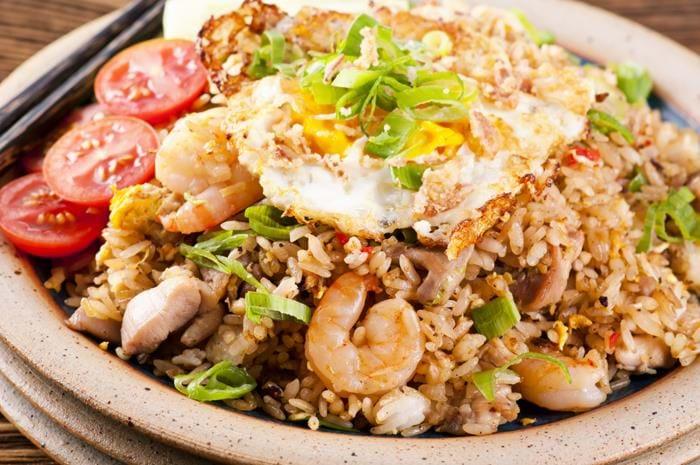
Ancient Tradition
Southeast Asian cooking tends, in foreign eyes, to be dominated by Thai cuisine, whose variety, ingenuity and extraordinary flavours are nowadays familiar the world over. Few, however, have sampled the joys of Khmer cooking, refined over many centuries in the courts of Angkor’s mighty God-Kings. Cambodia’s signature dish is amok, a preparation of meat simmered in coconut milk and a distinctive blend of condiments, among them the ‘secret weapon’ of Indochinese cuisine, ‘kroeung’ – a pungent paste made from fermented fish or shrimp.
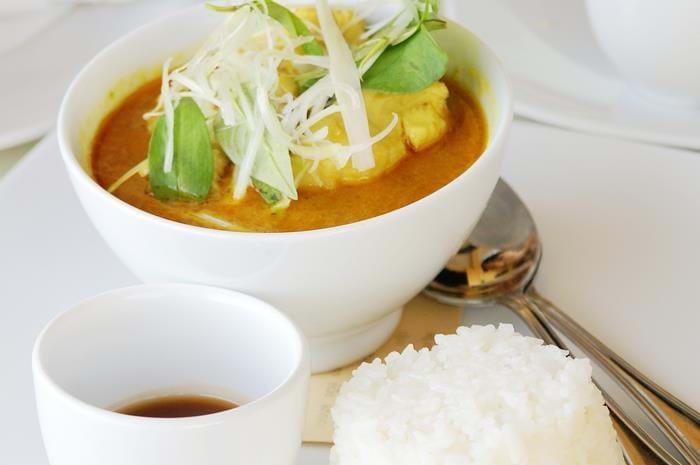
Healthy Salads
Southeast Asian cuisine is not entirely dominated by spicy curries. Salads are another highlight of travelling in the region. While in Laos or Thailand, try som tam – shredded green papaya served with a refreshing mix of crunchy nuts, aubergine, sour lime and chilli. In Myanmar, another favourite that’s perfect as a cooling lunch is the local tomato salad, seasoned with chickpea flower, sesame seeds, garlic and fresh leaf coriander – and utterly scrumptious.
